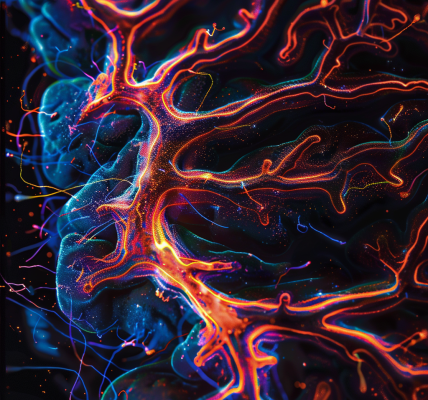JAX researchers at The Jackson Laboratory have developed a powerful platform to study the reasons behind varying mutation outcomes in humans. The platform, using stem cells from eight different mouse strains to mimic genetic diversity, provides new opportunities for uncovering targets for therapeutic interventions and represents a significant step forward in addressing the critical need for studying human disease in the context of genetic diversity.
The platform, developed by JAX Professor Martin Pera, Ph.D. and Associate Research Scientist Daniel Cortes, Ph.D., and their colleagues, uses stem cells from eight different mouse strains to mimic the genetic diversity seen in humans. With the platform, they were able to investigate the effects of background genetics on the DYRK1A gene, long associated with autism, microcephaly, and intellectual disability in humans. The result: Chemically inhibiting the function of DYRK1A or knocking the gene out within the stem cells from the eight mouse strains led to markedly different effects in the growth and repair of neurons, providing molecular insights into what may confer resistance or vulnerability to the development of autism.
To create the platform, Pera, Cortes and colleagues, including JAX Associate Professors Laura Reinholdt, Ph.D., and Kristen O’Connell, Ph.D., had to overcome a key obstacle. They found that only the stem cells from mouse strain 129S1/SvlmJ (129) could be coaxed into differentiating into neurons using commonly used protocols. The JAX team developed protocols that worked across all eight strains and, with modification, produced multiple neuron types with high efficiency.
In previous work, Pera also investigated DYRK1A in human-induced pluripotent stem cells (iPSC), derived from adult skin or blood cells that can be induced to become stem cells. These stem cells can then re-differentiate into neurons, providing a human cell-based model for studying the effects of mutations in DYRK1A. The team’s findings have significant implications for understanding the role of genetic diversity in human health conditions and for identifying potential targets for therapeutic intervention.





